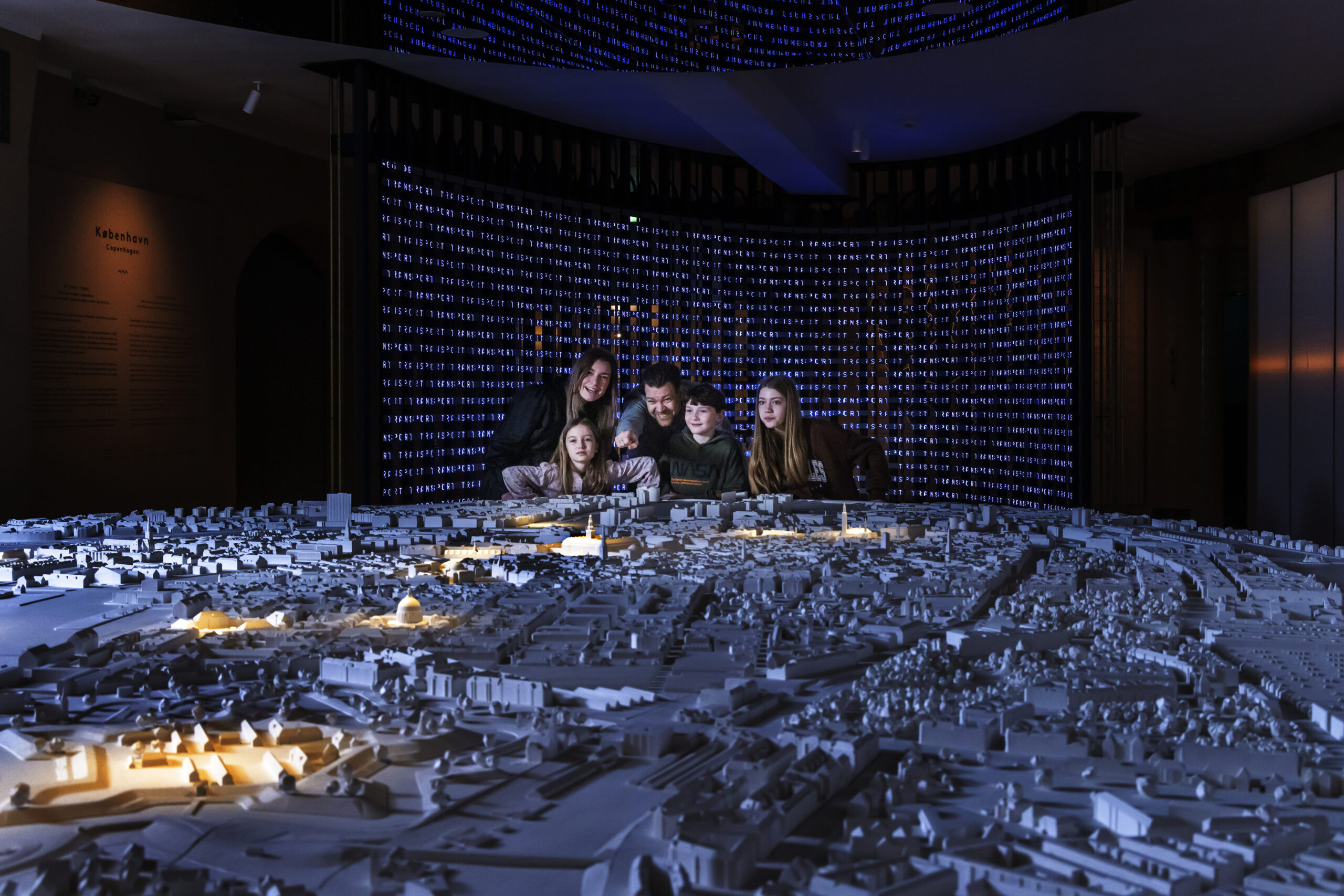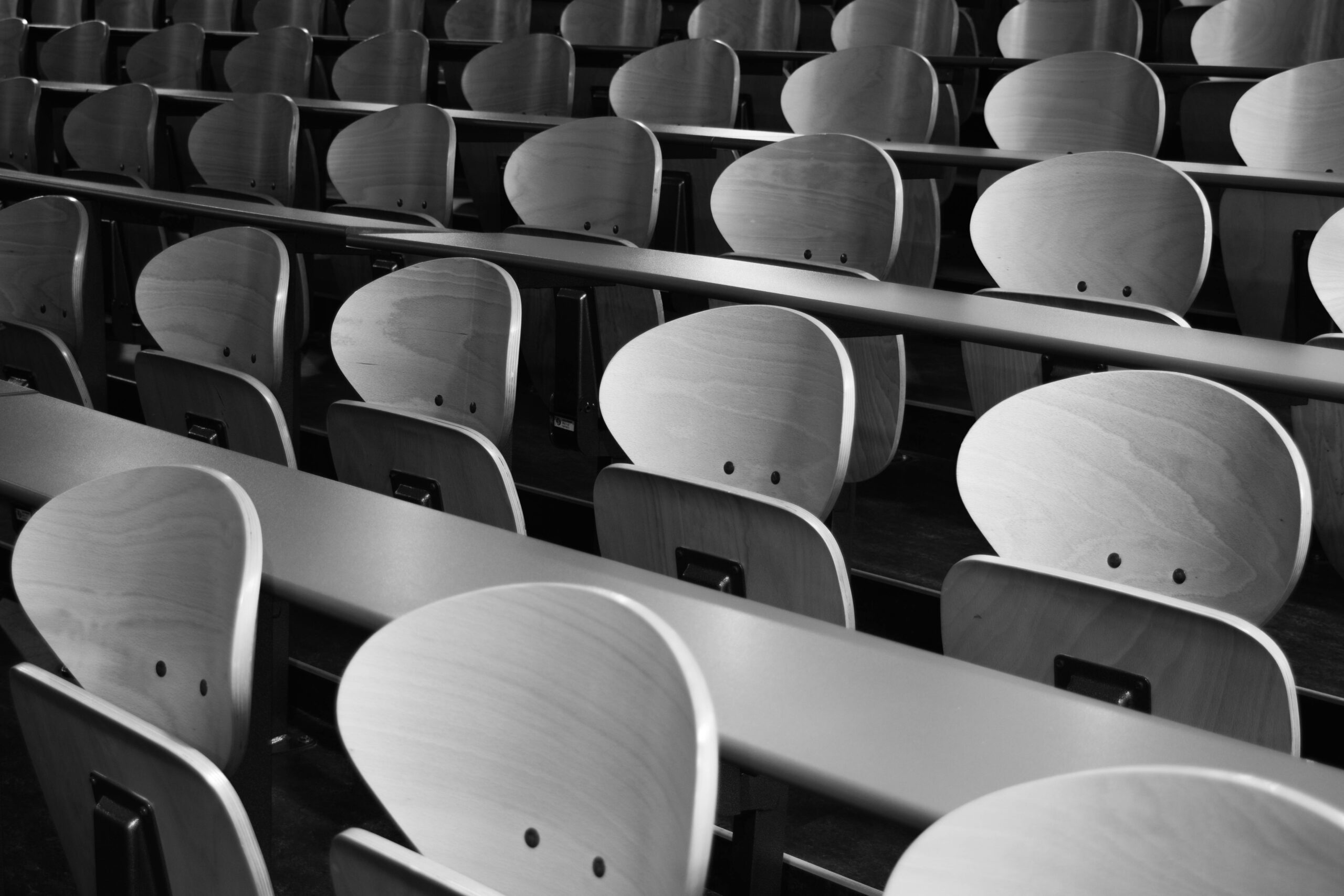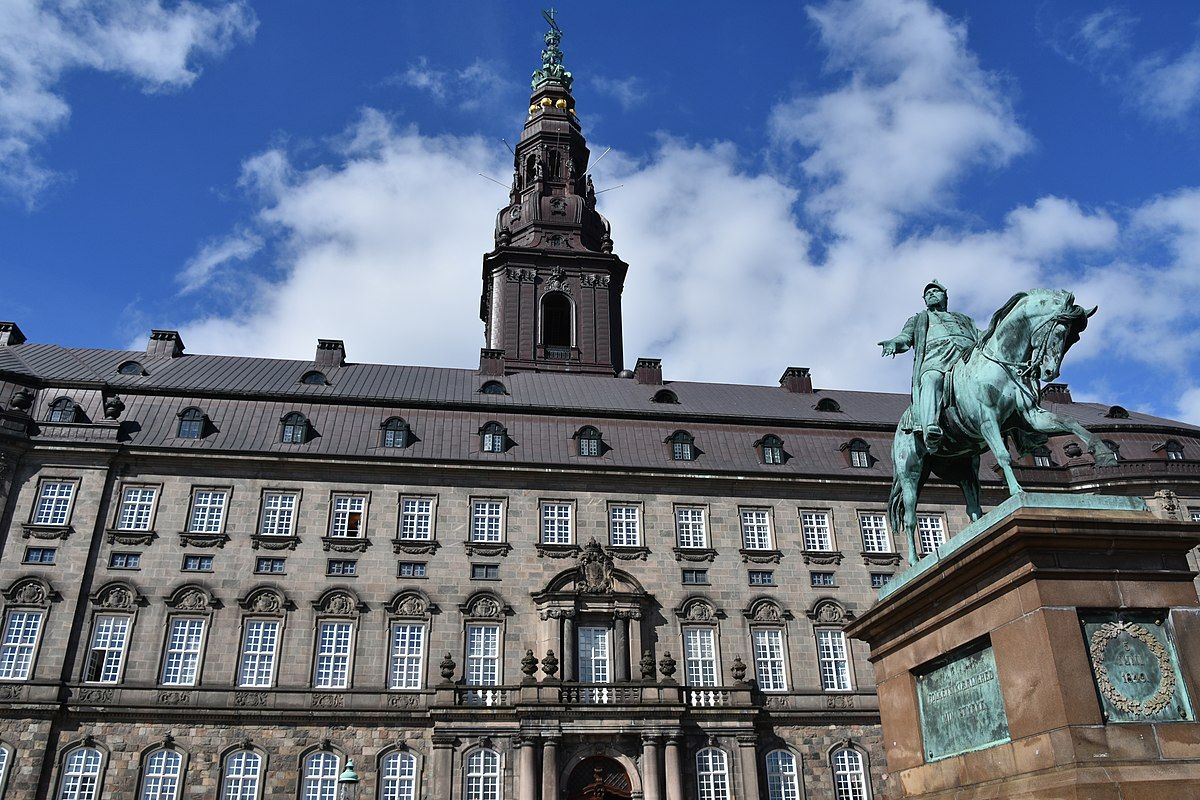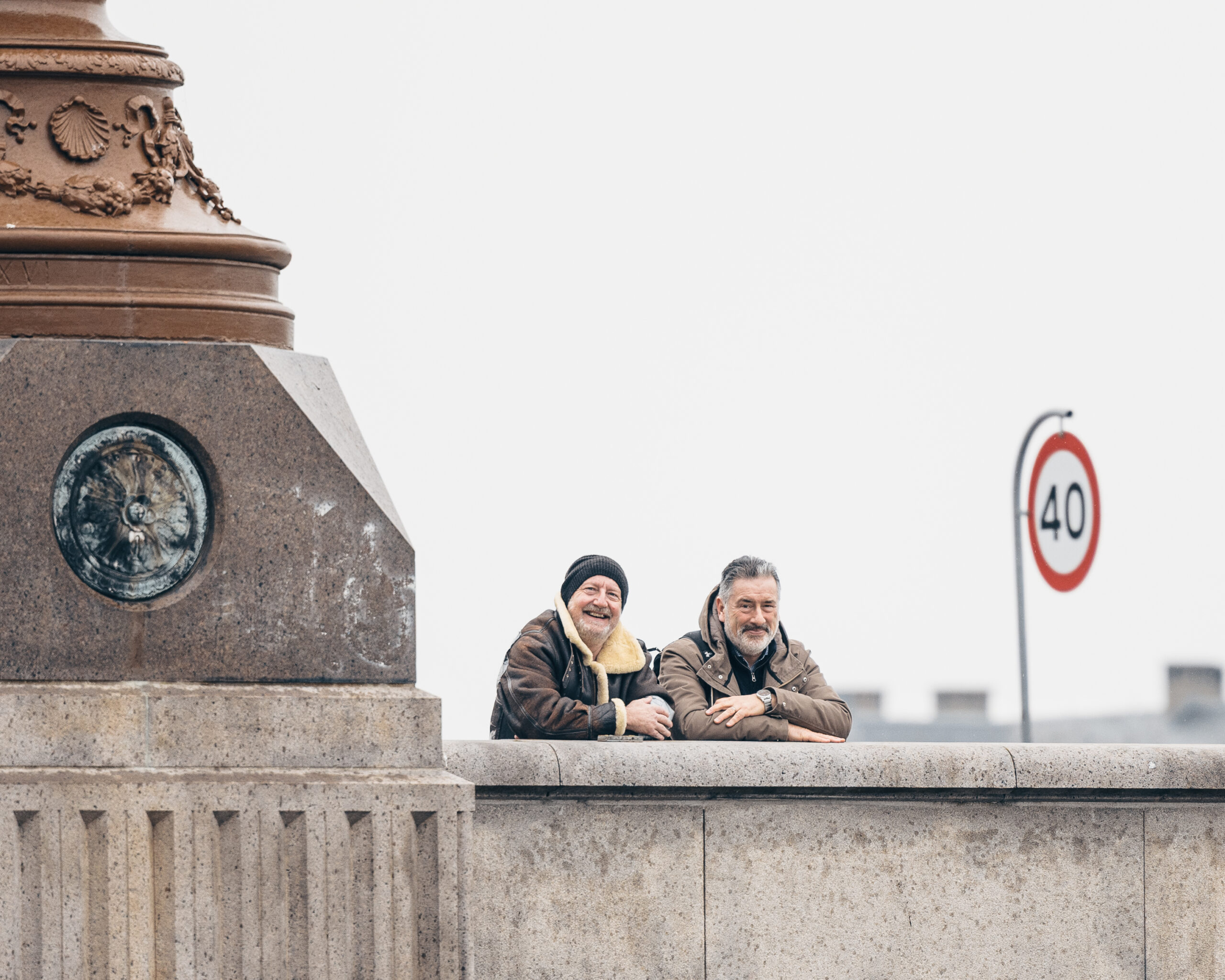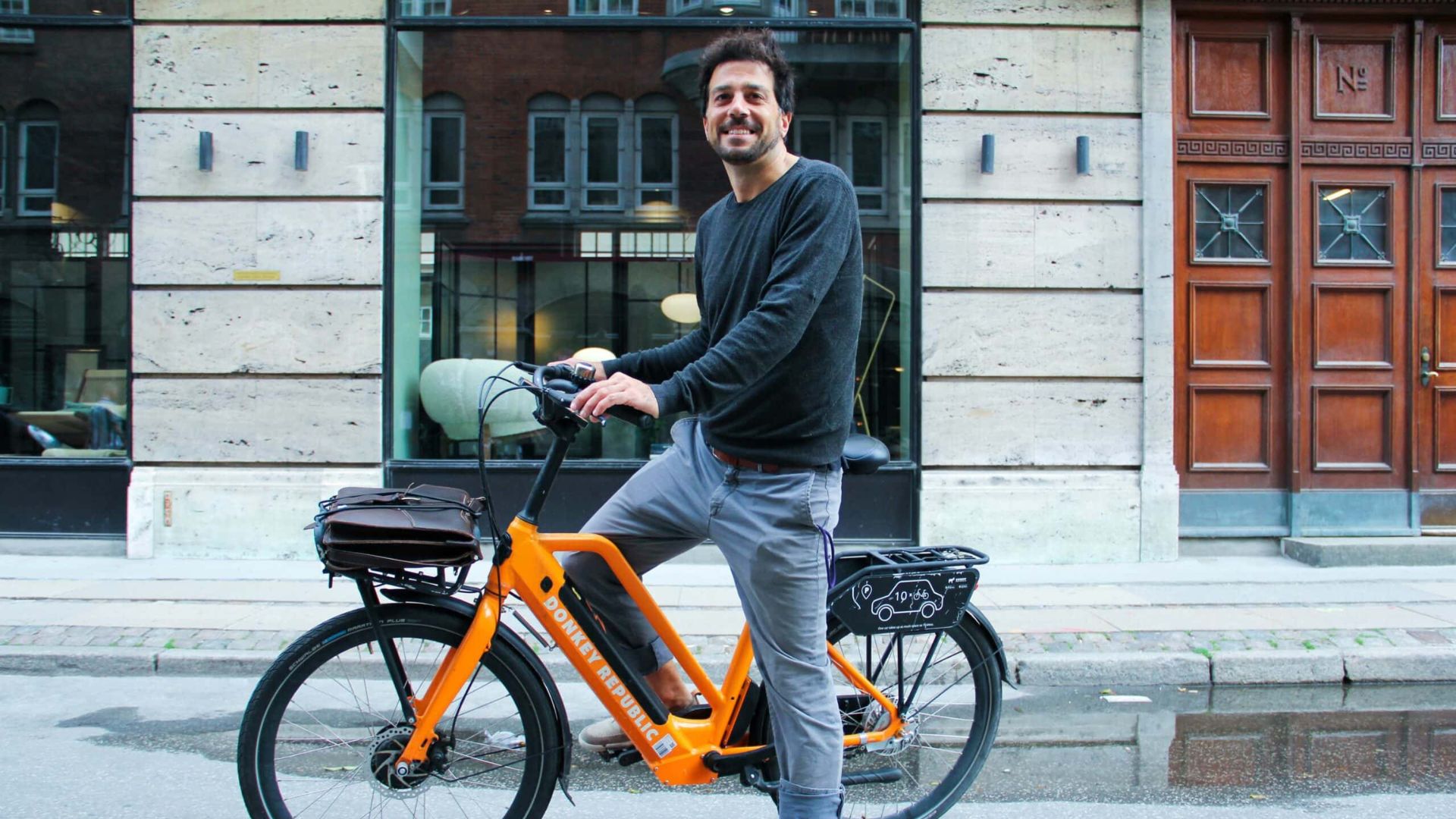This year will be the Year of Sound at the Museum of Copenhagen, and at the heart of the celebration is the major exhibition The Sound of Copenhagen – Noise, Voices and Silence, opening on May 16th, until January 2026.
The exhibition goes deep into the city’s shifting soundscape during a transformative era, from 1800 to 1920. As Copenhagen evolved from a walled town to a modern industrial city, its acoustic identity changed dramatically. New sounds – factory whistles, tram bells and steamships – mixed with the cries of street hawkers, church bells and the hum of everyday life.
At the same time, noise complaints grew louder, reflecting a new sensitivity to sound and a rising desire for peace and quiet.
One exhibition, three parts
A three-part journey through the sounds of the past
Created in collaboration with experience design studio Yoke, the exhibition is structured around three immersive zones.
Noise: you will step into a multi-sensory installation where the chaotic soundscapes of 19th-century Copenhagen come to life – from the roar of the harbour to the clang of construction sites and Tivoli’s festive fireworks. Archival complaints from citizens reveal how one person’s music is another’s nuisance.
Voices: you can hear how the city amplified sound. Street vendors developed calls tuned to the city’s acoustics, while bells, drums, and trumpets projected authority from churches, institution,s and military parades.
Silence, where you can discover how silence became both a personal retreat and a disciplinary tool. As city life grew noisier, people sought quiet in parks, homes, and sanatoriums, while schools, prisons, and workhouses imposed silence by force.
Sound technologies and listening revolutions
The 19th century was also a time of technological change. Devices like the stethoscope, phonograph, and telephone transformed how people heard the world—and themselves. Listening became something active and mobile.
Today, a new revolution is unfolding, with podcasts, streaming and noise-cancelling headphones letting us curate our own soundscapes. But perhaps, the exhibition suggests, it’s time to take the earbuds out and truly listen to the city again.
In developing the exhibition, the museum partnered with CFD (a national centre for deaf and hard-of-hearing people) and a group of young people with profound hearing loss.
The exhibition has been made possible thanks to the support of Velux Foundation, Augustinus Foundation and Knud Højgaard Foundation.
You can read more about here.

